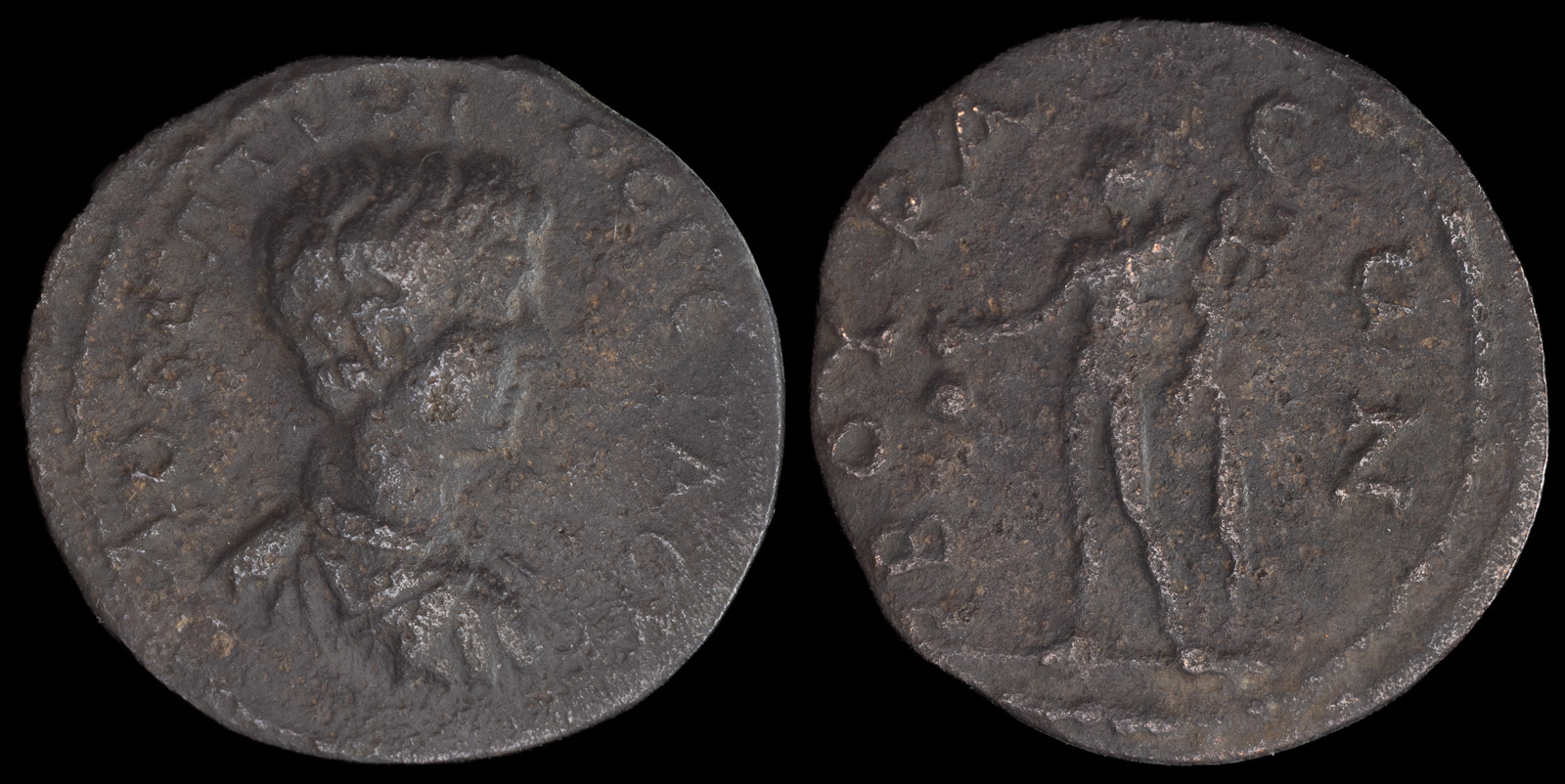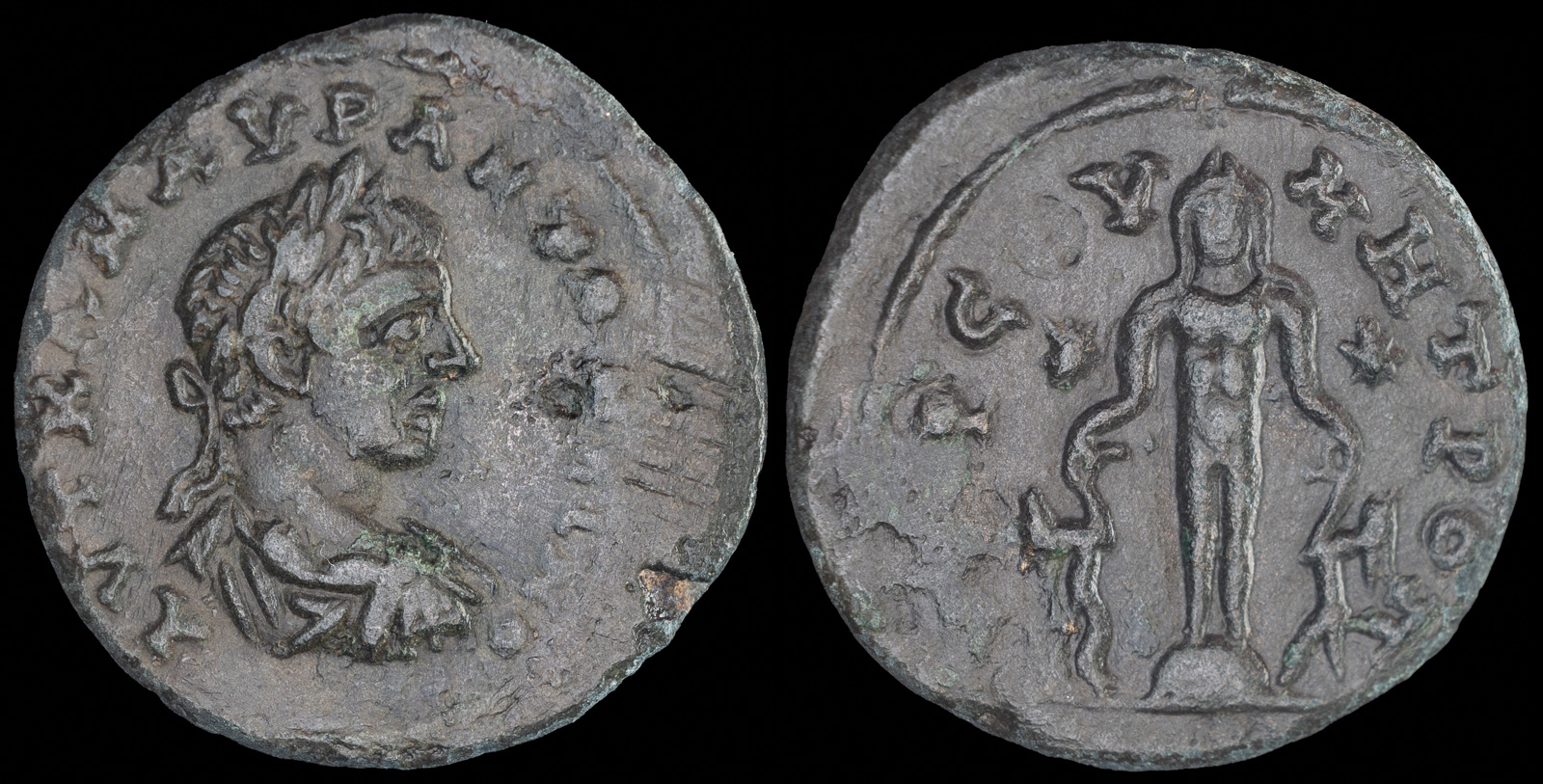Diassarion
View All Tags
The diassarion emerged during the late 1st century CE, a period when the Roman Empire allowed a degree of monetary autonomy to its provinces. While silver denarii and gold aurei served as the primary currencies for larger transactions across the Empire, local bronze coinage like the diassarion was minted to facilitate everyday commerce. These coins often featured imagery tailored to the specific cities or provinces where they were produced, including depictions of local gods, important landmarks, or civic symbols.
The circulation of diassaria declined by the mid-3rd century CE as the Roman monetary system underwent significant changes. The increasing debasement of silver coins like the denarius and the introduction of new coinage, such as the antoninianus, disrupted the established currency system. Additionally, the economic and administrative challenges of the late Empire reduced the production of localized bronze coinage in favor of more standardized issues.

Achaia, Bura
Geta, as Caesar
198-205 CE
Æ Diassarion 23 mm, 4,92 g
ΛO CЄΠTIMIOC ΓЄTAC K, bareheaded, draped, and cuirassed bust right /
BOYPA-ЄωN, Mercury standing right, holding purse and caduceus
Cf. BCD Peloponnesos 468 (Hermes within distyle shrine); NCP –; Dura –; BMC –

Kilikia, Tarsos
Elagabalus. 218-222 CE
AE Diassarion 7.16g, 25mm
Obv.: AVT KA M AVP ANTΩNINOC, laureate, draped and cuirassed bust right, seen from behind; below, star.
Rev.: TAPCOY MHTPO, Apollo Lykeios standing facing on omphalos, holding a wolf by the forepaw in each hand; to left and right, stars.
SNG Levante 1082; SNG Paris 1559